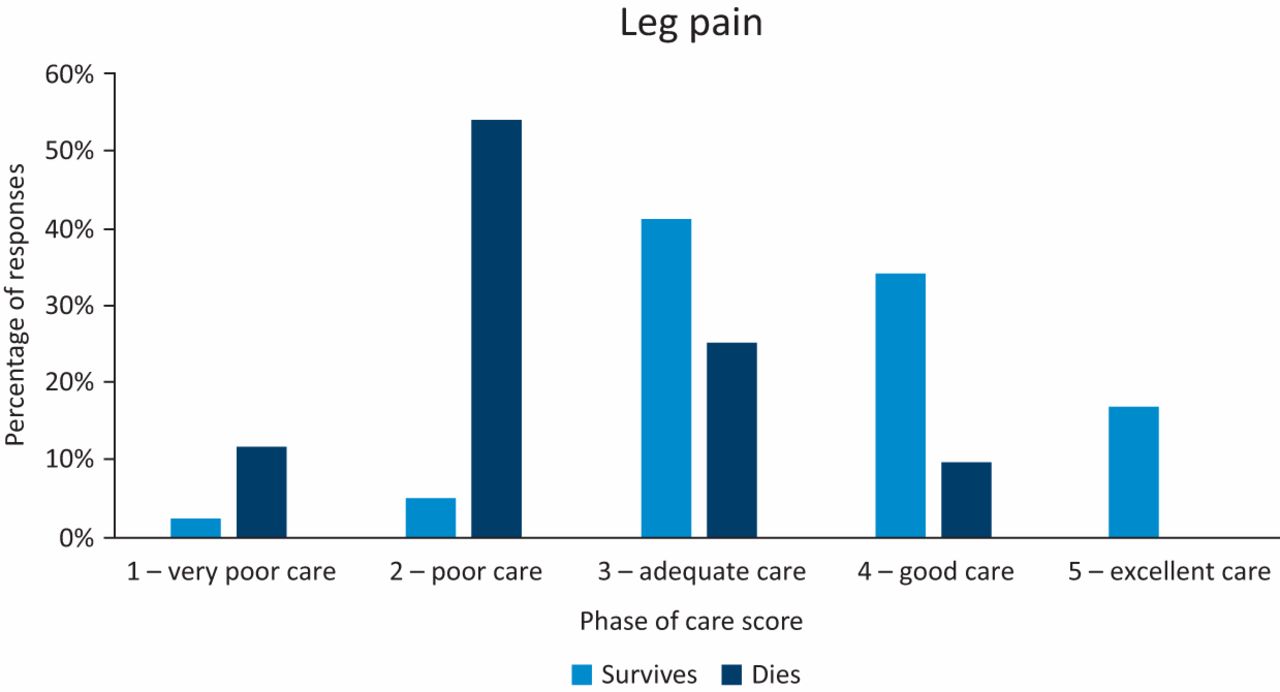Read the Following Case
Case: Mrs. J was a 75-year-old woman who
presented to the Emergency Department (ED) with left knee pain.
Past medical history: none provided
Hospital (Emergency Room/Department) Admission care:
09.28 h: patient seen by nurse. Patient explained that she
had pain in her left knee the previous day and had a poor night’s sleep. She
was able to mobilize and was fully weight bearing but walked with a limp. The
patient gave a pain score of 10/10 and reported no history of trauma. Blood
test ordered.
09.43 h: provided two co-codamols (codeine & acetaminophen [e.g. Tylenol]) 30/500 tablets.
09.48 h: observations checked by healthcare assistant (HCA).
Observations taken, blood pressure of 186/76 mmHg and a temperature of 37.6°C.
Patient’s pain score was reported as 10/10.
11.12 h: patient seen by emergency nurse practitioner.
Noticed gradual discomfort in right knee over past 2 days, got worse last night
and kept her awake overnight. Took acetaminophen yesterday which made no
difference but co-codamols in ER helped a bit.
Denies any falls or injury to knee, no previous knee problems.
On examination (o/e): decreased range of movement and swelling of the left knee, with tenderness along the medial collateral ligament and joint line. Calf soft and non-tender. No abnormality to the right lower leg.
Diagnosis: soft tissue inflammation.
Advice: regular codeine and acetaminophen, with a topical anti-inflammatory. Rest the leg with moderate activity for a few days, and to see her general practitioner (GP) if there was increasing pain/redness/heat or reduced mobility.
On examination (o/e): decreased range of movement and swelling of the left knee, with tenderness along the medial collateral ligament and joint line. Calf soft and non-tender. No abnormality to the right lower leg.
Diagnosis: soft tissue inflammation.
Advice: regular codeine and acetaminophen, with a topical anti-inflammatory. Rest the leg with moderate activity for a few days, and to see her general practitioner (GP) if there was increasing pain/redness/heat or reduced mobility.
11.49 h: Discharged by emergency nurse practitioner.
Discharge summary completed – soft tissue injury of the left knee as presenting
complaint. No follow-up required.
OKAY....you have:
- Read the case of Mrs. J,
- Read the outcome of Mrs. J, and
- Answered the quality of care Mrs. J received.
....so now read about the research!
Disclosure: You were randomly assigned to read one of two different outcomes for Mrs. J. I know sorry, I kind of tricked you! 😄😄😄
Outcome 1: Mrs. J recovered
Outcome 2: Mrs. J died
The hypothesis: Knowing the outcome of Mrs. J would impact your rating of quality of care Mrs. J received.
Overall Outcome: Remember, all of you read the EXACT same description of care. If you were randomly assigned to the outcome where Mrs. J recovered, you likely rated her quality of care as adequate to excellent. However, if you were randomly
assigned to the outcome where Mrs. J died, you likely rated her
quality of care as very poor to adequate.
Why Does This Happen? Scientists can explain why rating of quality of care are poorer when people believe Mrs. J died in regard to what is known as: hindsight bias (aka: hindsight 20/20; knew-it-all-along). Hindsight bias occurs when knowledge of an outcome changes the way an individual remembers an original event/circumstance/occurrence. Knowing that Mrs. J died will tend to make the reader believe the quality of care was more poor than if the reader knew Mrs. J recovered.
More about the research:

The following text is a description of the results for the leg pain case: Mrs. J

Question regarding the text: Think about what the text means.
Answer:
A. The text is saying that participants who read Mrs. J recovered selected a median quality of care score score of 4 (good care) whereas the participants who read Mrs. J died had a quality of care score score of 2 (poor).
B. The p < 0.00001 is a number which indicates the probability the difference observed in quality of care ratings provided by both groups of participants was caused instead by chance and not the manipulation of outcome (recover vs. died). Therefore, a 0.00001 is a really low probability that knowledge of the outcome was not the reason the two groups of participants differed in their rating of quality of care. In other words: it is very likely that knowledge of the outcome influences participants ratings of care. To be specific the 0.00001 means that 1 in 100,000 times would a research find such differences in quality of care reported by the two groups of participants just by chance.
Real Words:
Super unlikely the difference between the two groups (recovered vs. died) in ratings of care was caused by chance. Therefore, knowledge of the outcome was likely the cause of the difference in ratings of care.
The following figure is a depiction of the results for ratings of care for the leg pain case: Mrs. J

Question regarding the figure: Think about what the figure means.
Answers: As one can see, the ratings of care (X axis; horizontal) outcome where Mrs. J recovers (Survives) is appears to be distributed among very poor care to excellent care with an average in between adequate to good care. However, when the outcome of Mrs. J is described as died (Dies), the ratings of care from the participants are distributed among very poor to good care with an average rating of care located around poor care.
No comments:
Post a Comment